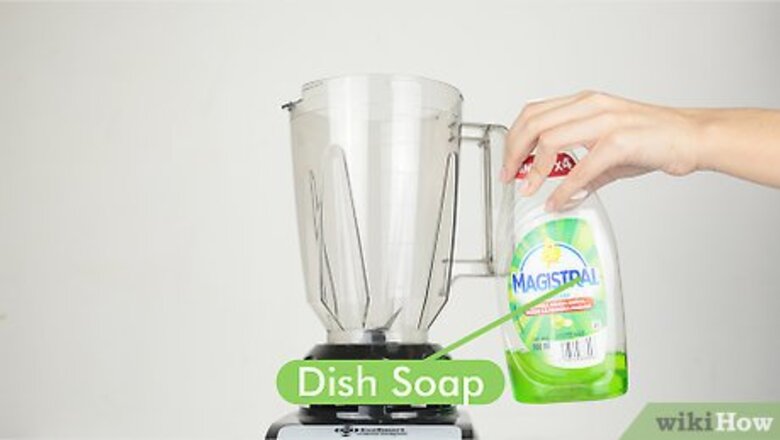
views
Cleaning the Carafe
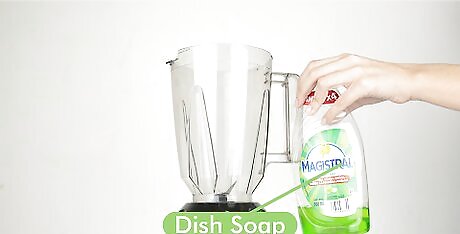
Blend dish soap. Fill the blender carafe halfway with warm water. Then, add a few drops of liquid dish detergent. Blend on a low setting for about 20 seconds, or until the carafe is sudsy. Then, pour out the soupy liquid and rinse. Make sure that the lid is secure! If the lid comes off, then you'll get soapy water everywhere!
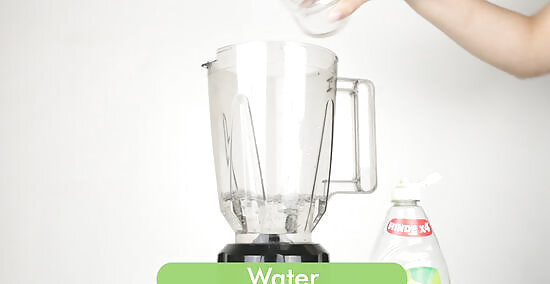
Use a lemon to remove stains. Fill the blender halfway with water and a few drops of dish soap. Then, add half a lemon, coarsely chopped. Blend the mixture for a minute or so. The treatment should wash out the stains and leave the blender carafe looking fresh. Alternately, use a few drops of white vinegar instead of the lemon. This may not smell as pleasant as the lemon, but it should be about as effective.
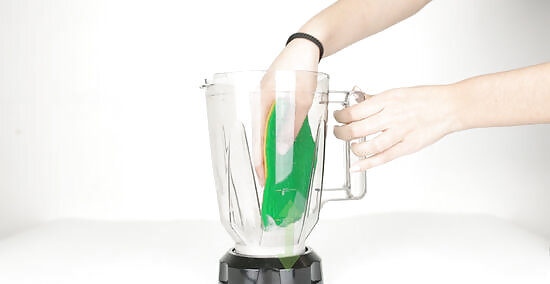
Scrub stubborn stains. Use a rough sponge, steel wool, or a toothbrush, depending on the strength of the caked-on matter. Put a bit of water and dish soap into the blender, and then chip away at the stains with your rubbing tool until they disappear.
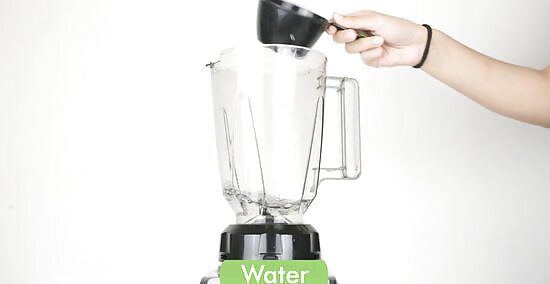
Soak a very dirty blender overnight. Use a mixture of baking soda, vinegar, and dish soap. First, pour a cup of white vinegar into the carafe. Then. add a few drops of liquid dish detergent and about a half-cup of baking soda. Let the mix bubble to the top and subside. Blend the mixture together, and then let it soak into the carafe for at least a few hours. After a few hours have passed, pour the mixture out into the sink. Rinse out the blender carafe until it is completely clean. If the blender still smells like baking soda and vinegar, consider doing a quick blend-and-soak with only dish soap and water.
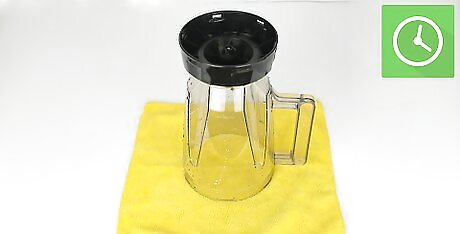
Allow the blender to air-dry. After you clean the inside of the carafe, leave the jug upside-down on a drying rack. At the very least, wait to put the lid back onto the blender jug until the inside is completely dry. A moist interior can lead to condensation and provide an environment for bacterial growth.
Cleaning the Base

Wipe down the base. Soak a sponge or towel in warm, soapy water, and then wring it out until it is damp. Gently run the fabric over the base of the blender to clean off any places where food or liquid has spilled. Pay special attention to areas with dried or caked-on blended matter. Do not wash the base! The base houses the electronic motor and control system for the appliance. These parts will not stand up well to extended moisture exposure. Keep your cleaning efforts purely to the exterior, and absolutely do not submerge the whole base in water.
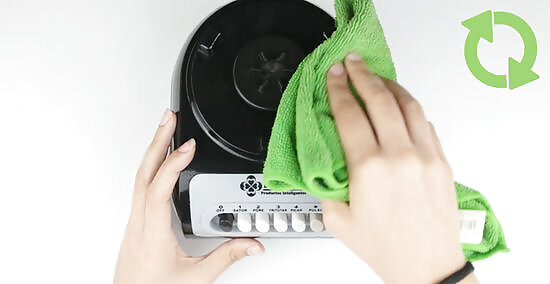
Clean the base before it dries. The base will be more difficult to clean once blended food and liquids have caked onto the surface. Certain substances might become sticky as they dry, and others might even stain the material!
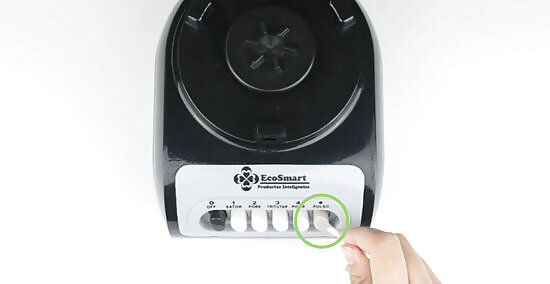
Use a Q-tip to clean control buttons. If there is a buildup of blended gunk in the cracks around the blender's control interface, then it might be hard to get everything out with a sponge or rag. Dip a Q-tip in rubbing alcohol, then use it to wipe around the gunky buttons. The rubbing alcohol should dissolve caked-on matter and leave your blender a bit more pleasant to use. The rubbing alcohol should dry quickly and evaporate. If any moisture remains on the blender base, wipe it away with a dry towel.
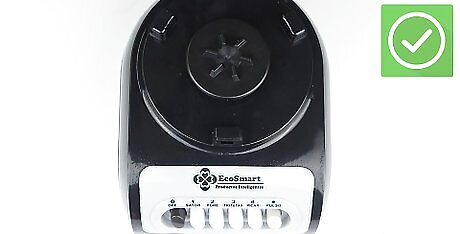
Finished.
Cleaning the Blades
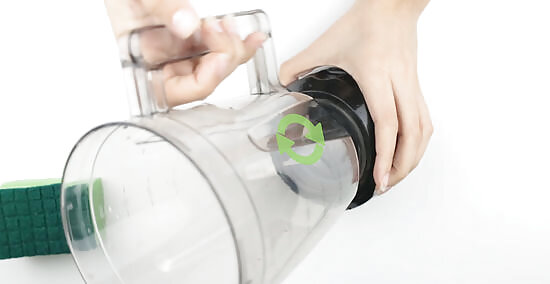
Remove and clean separately. If your blender blades are still dirty after you blend dish soap and clean the carafe, then you may need to wash them separately. Remove the blender jug from the base, and then unscrew the blades from the bottom of the blender jug. Hand-wash them with dish soap and hot water. Scrub with a sponge or toothbrush to remove tough bits.
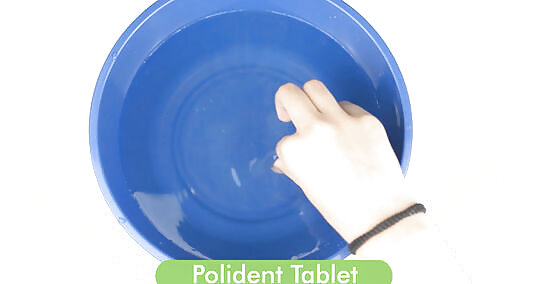
Use polident tablets. This is a good option if the blender blades are extremely dirty. Remove the blades from the blender jug. Then, submerge them in water with one of two polident tablets. The polident should clear up any tough stains. If you don't want to remove the blades, you can always just clean them in the carafe. Pour in enough hot water to cover the blades, and then drop in two tablets of polident. Let soak for at least half an hour. Polident is a commercial tooth-whitening and antibacterial agent. You should be able to find the tablets in drugstores and grocery stores.
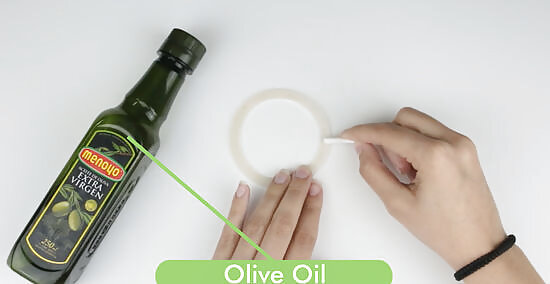
Lubricate the gasket. When you're putting the blades back into the blender, take a moment to care for the gasket: the rubber piece that separates the jug from the base. Pour a tablespoon of olive oil or vegetable oil over the gasket to make sure that it remains flexible.


















Comments
0 comment